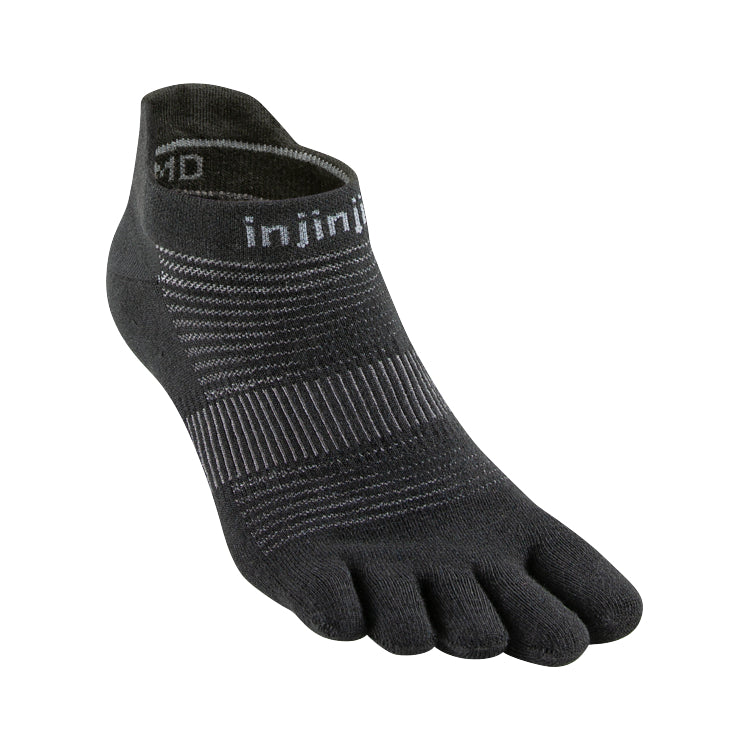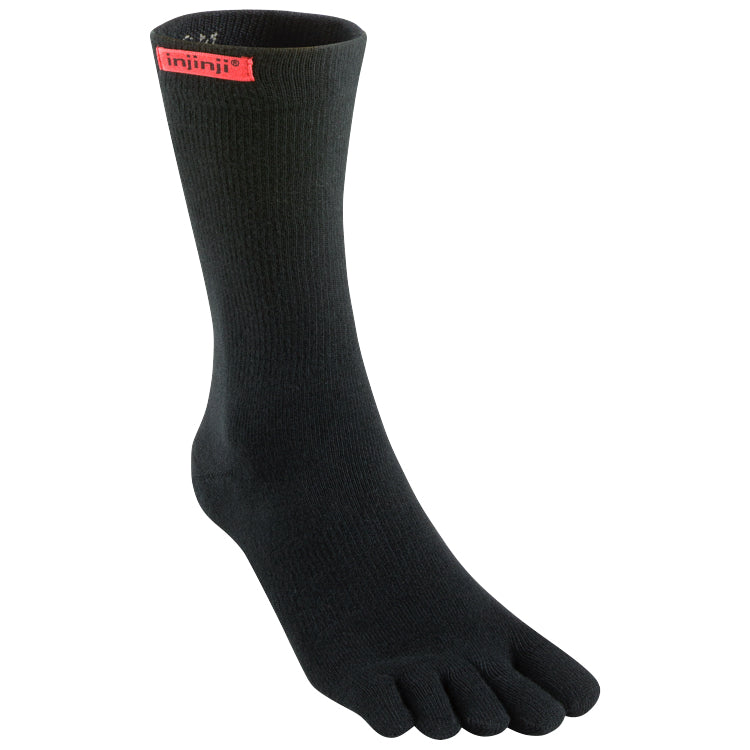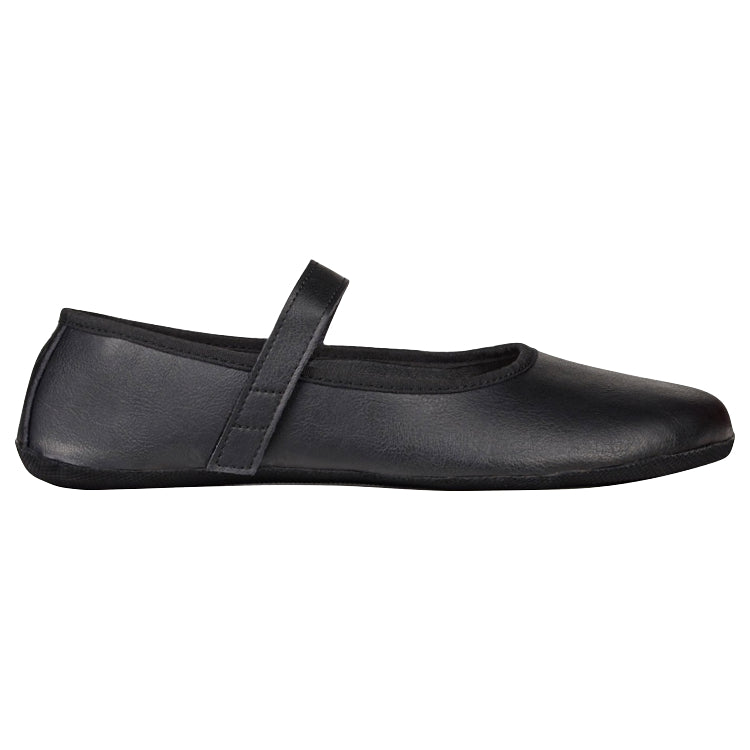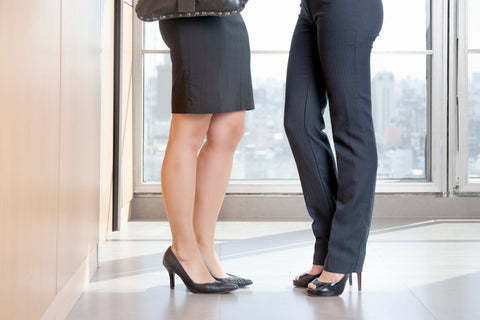
Foot binding, the practice of tightly binding the foot to stifle foot growth, was performed on young, upper class girls in China to make their movements and gait appear more feminine, and it was practiced even well into the 20th century. This practice caused extreme pain and long-term disabilities in those who underwent the procedure, and some elderly individuals in China may still suffer from the debilitating effects of this violent procedure. Foot binding is now considered on par with other forms of violence against women and is banned in China.
Societal Expectations
Foot binding, a tangible symbol of upper class status in developing China, was driven by societal expectations. Societal expectations, especially expectations about what a shoe should look like and what is required for optimal foot stability and function, also drive shoe selection in contemporary western society. Foot binding obviously is an extreme comparison with the use of conventional footwear, but the end result is similar: Long-term foot and toe deformities associated with pain or discomfort and altered gait.
Conventional Footwear
Conventional shoes (i.e., shoes that possess heel elevation, tapering toe boxes, toe spring, and rigid soles) immobilize, or hold, your feet in unnatural positions for prolonged periods, causing numerous toe deformities and altering the anatomy and function of your tendons (especially their angle of pull on your foot bones) and other structures acting within or on your foot. Many people wear shoes for 12, 14, or even 16 hours per day, every day. The cumulative effect of this prolonged immobilization in an unnatural foot and toe configuration (which often begins in infancy) can have profound negative implications on your foot structure and health throughout your lifespan.
Moving Your Joints
One of the most pervasive and overarching principles in complementary alternative medicine (CAM) circles these days is the importance of movement of all your body’s joints, segments, and structures. Failure to move your joints through their normal, healthy range of motion, or immobilizing your joints for long periods, invites degenerative musculoskeletal conditions to manifest within your body. If you don’t move it, you lose it (functional range of motion), as the saying goes. So why is it still so popular to immobilize the feet? What other body parts do we immobilize on a daily basis for “health” purposes? And why would this immobilization be advantageous in any possible way? Why not just let the foot do what it does?
Making the Transition
Many people who transition to shoes with wide toe boxes and other foot-healthy features experience (after the proper adjustment or adaptation period) relief from their longstanding foot and lower extremity problems. Many of these people also express averseness about the possibility of ever returning to conventional footwear. Once you’ve felt the difference between conventional footwear and true foot-healthy footwear and have gained confidence in the inherent strength and stability of your own feet, there are compellingly few reasons to return to conventional shoes. You were born with perfect feet, and your feet, if allowed to function the way nature intended, will remain perfect throughout your lifespan.

WANT TO IMPROVE YOUR FOOT HEALTH?
Let the team at Natural Footgear help you! Subscribe to our newsletter for the latest offers and helpful info, and sign up for our FREE email courses on various topics and foot health conditions.
Sign Up →
Want to Improve Your Foot Health?
We are here to help you every step of the way. Get our newsletter for the latest offers and helpful info, and sign up for our FREE email courses on various topics and conditions, including bunions, hammertoes, neuromas, plantar fasciosis, shin splints, ingrown toenails, and more.
Sign Up →
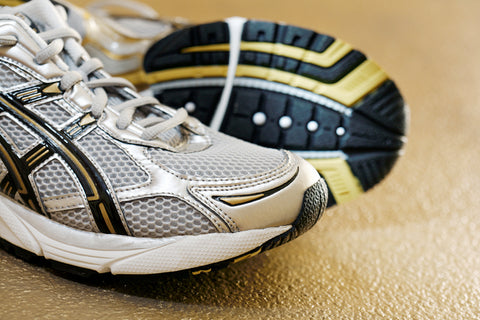 Truly exceptional footwear allows your foot to function like a healthy bare foot inside your shoe. Most conventional footwear, however, from dress shoes to work boots to running shoes, includes a number of problematic design features—we'll refer to them as design “elements” from here on, rather than features, as “features” imply something positive or helpful—that either deform your feet over time or cause you to experience foot and lower extremity...
Read more
Truly exceptional footwear allows your foot to function like a healthy bare foot inside your shoe. Most conventional footwear, however, from dress shoes to work boots to running shoes, includes a number of problematic design features—we'll refer to them as design “elements” from here on, rather than features, as “features” imply something positive or helpful—that either deform your feet over time or cause you to experience foot and lower extremity...
Read more





